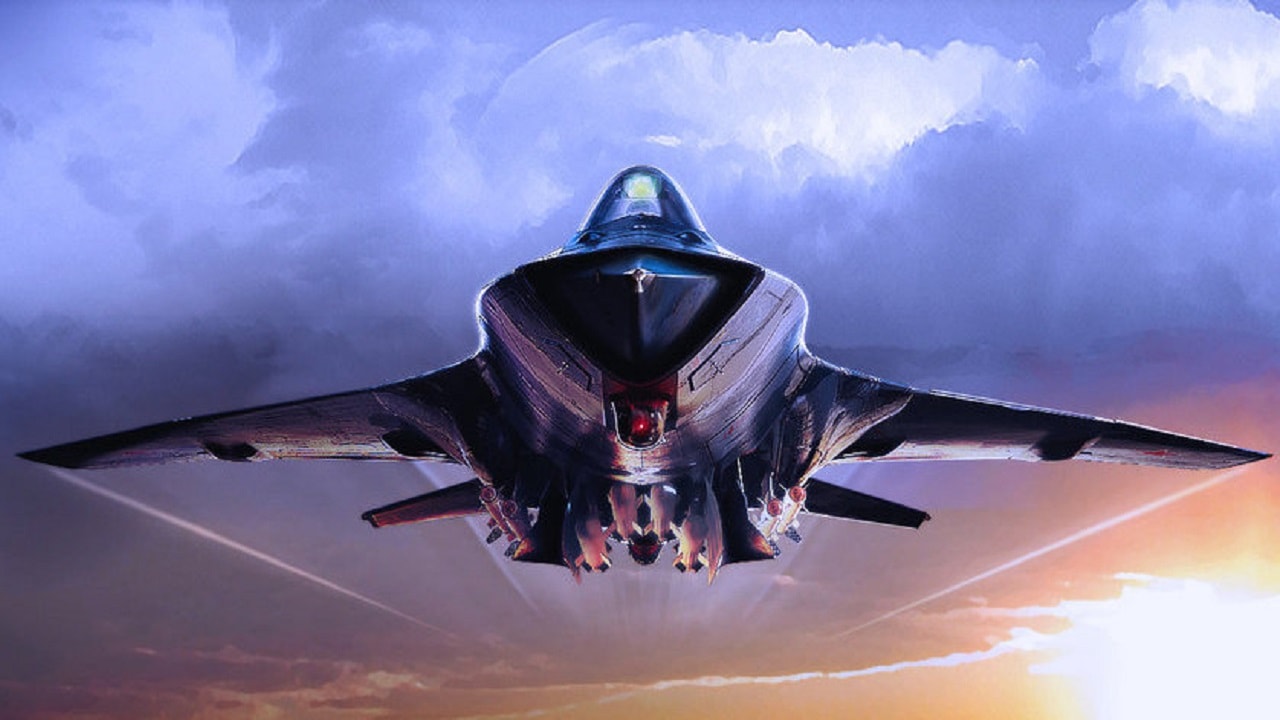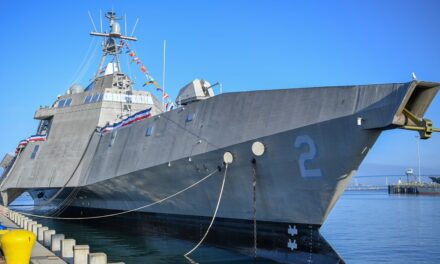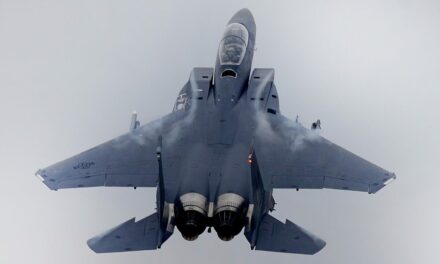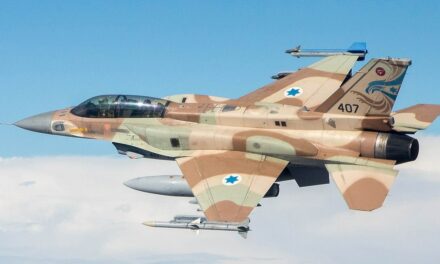We support our Publishers and Content Creators. You can view this story on their website by CLICKING HERE.
Will Never Fly: Russia’s MiG-41, the proposed replacement for the MiG-31 interceptor, aims to integrate advanced 5th- and 6th-generation technologies, including hypersonic speeds exceeding Mach 5, stealth capabilities, and anti-satellite weaponry.
-Design renderings hint at a stealthy, blended wing-body airframe with vertical tail fins, resembling the Su-57. Russian claims suggest it could operate in “near-space” environments and intercept hypersonic missiles.
-However, the aircraft remains speculative, with minimal details on its technologies or timeline beyond vague promises of a debut by the decade’s end. Funding and logistical challenges endemic to Russia’s defense industry suggest the MiG-41 may never leave the drawing board.
MiG-41: Russia’s Ambitious Hypersonic Jet May Never Fly
Russia’s MiG corporation may be building a hypersonic-weapons capable, manned and unmanned, stealth jet. This aircraft could be capable of hitting speeds of Mach 5 and carry anti-satellite missiles near the boundary of the earth’s atmosphere.
Very little is known about the mysterious, now-in-development Russian 5th-Generation ++ or possibly 6th-gen stealth fighter jet interceptor replacement for the existing MiG-31. Russian press reports say the MiG-41 may resemble the 5th-generation Su-57 in its configuration.
The MiG-41 fighter jet, known as the PAK DP (Prospective Aviation Complex of Long-Range Interception), is slated to fully emerge at the end of the decade as MiG Corporation’s 5th-generation offering.
MiG-41 Artist Rendering. Image Credit: Creative Commons.
There has not been an unveiling or public display of the aircraft. Yet, several available images or “renderings” show a rounded, blended wing-body stealthy configuration with vertical tail fins not unlike what is seen on an F-22, F-35, or the Russian Su-57.
One 2019 report from Russia’s TASS news agency shows a photograph of a stealthy-looking rounded fuselage covering a pilot’s cockpit, yet few details are offered in the body of the article. In a general sense, the report does quote the director of the MiG corporation saying the MiG-41 will “use new types of aviation weapons,” and “be created using new stealthy technologies.”
MiG-41: 6th-Generation Technologies?
What are these new stealth technologies?
This question indeed invites speculation in light of the mysterious U.S. Air Force 6th-generation aircraft. Like the U.S. so-called counterpart, it may contain new kinds of radar absorbent materials, design configurations, and sensors. Perhaps it will be AI-enabled and capable of operating drones. Russian and MiG leaders are clear that the MiG-41 will eventually replace the MiG-31 as a fighter-interceptor aircraft.

Artist Rendering of MiG-41 stealth fighter. Image Credit: Russian internet.
The MiG executive’s quote that it will contain “new types of aviation weapons” leaves questions. One interesting report from militaryaerospace.com speculates that the MiG-41 might operate in “near-space” environments and perform paradigm-changing kinds of intercept and attack missions.
“The MiG-41 also would be capable of carrying anti-satellite missiles and could operate in near-space environments. Some reports even claimed that the aircraft could shoot-down an incoming hypersonic missile,” the article posits.
“Since being announced back in 2018, a few details have emerged about the MiG-41 jet fighter, including that it would be equipped with a ramjet or turboramjet engine and would use stealth technology, and be capable of reaching a speed of Mach 4 to 4.3, while some reports suggest it could even reach Mach 5,” the militaryaerospace.com essay states.
However, despite all of this, there is one big problem: Just like all Russian high-end military projects, there is a a good chance thanks to funding issues this plane may never get into the sky.
About the Author: Kris Osborn
Kris Osborn is the President of Warrior Maven – Center for Military Modernization. Osborn previously served at the Pentagon as a Highly Qualified Expert with the Office of the Assistant Secretary of the Army—Acquisition, Logistics & Technology. Osborn has also worked as an anchor and on-air military specialist at national TV networks. He has appeared as a guest military expert on Fox News, MSNBC, The Military Channel, and The History Channel. He also has a Masters Degree in Comparative Literature from Columbia University.

 Conservative
Conservative  Search
Search Trending
Trending Current News
Current News 





